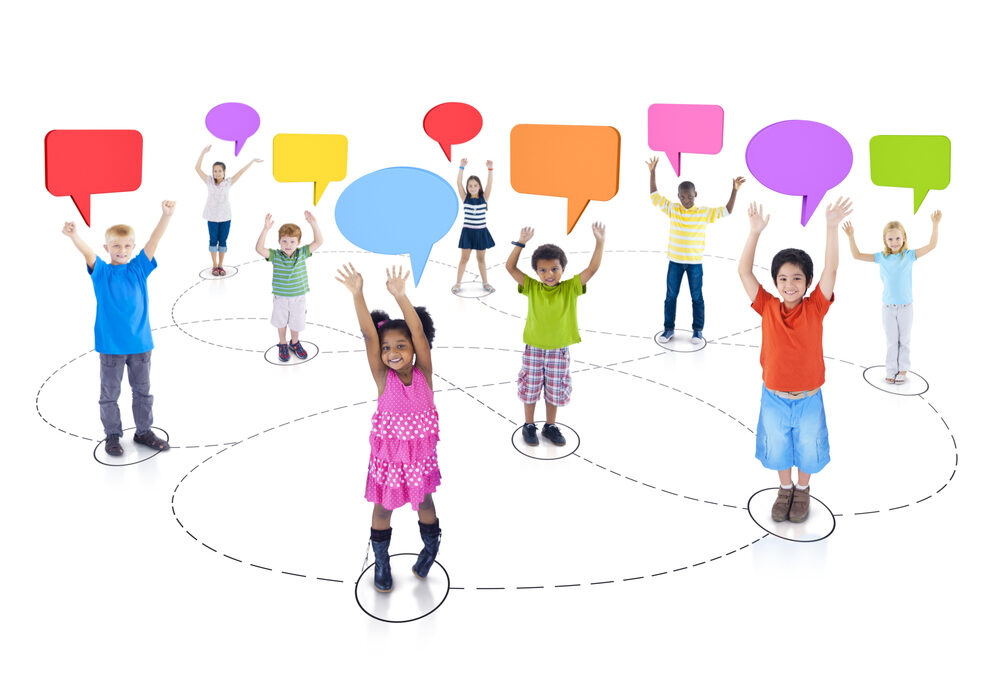In many parts of the country, educators have adopted learning strategies intended to develop the whole child, not only academically but socially and emotionally as well.
The idea is that students can’t learn as effectively without acquiring other soft skills, such as the ability to communicate clearly, emotional regulation, social awareness, empathy for others, and competency with setting and achieving goals.
While a majority of administrators believe children of all backgrounds benefit from learning SEL skills in the classroom, technology has also become an integral part of academics for students in kindergarten through eighth-grade—and even more so at the secondary-school level.
Integrating Technology into SEL
Initially, it may seem like these two classroom approaches are at odds: How can you help students develop their social and emotional skills when they’re glued to their computers or smartphones? Hasn’t technology undermined our collective ability to verbally communicate with others, both privately and publicly?
It’s true that promoting technology as the primary means by which students communicate is not healthy and one of the challenges of integrating technology into the classroom. In addition to using learning software and virtual activities, educators must also be sure they are still creating learning opportunities that revolve around meaningful face-to-face engagement.
However, the general trend toward a reliance on technology also presents numerous opportunities for fostering SEL skills in the classroom and beyond.
According to a recent study by Microsoft, there are three pieces of technology that can be especially helpful for creating teachable moments around key SEL competencies:
1. Collaboration Platforms
Digital collaboration platforms—such as G Suite, Office365, and McGraw Hill Connect—cultivate new opportunities for students to learn to work together and communicate, two important SEL skills. Such tools also promote differentiated learning by enabling students to measure their own progress and assess their own learning outcomes. School districts that have adopted such tools also have seen an increase in the academic success of students in the areas of math and language arts.
2. Artificial Intelligence
AI-powered technology enables teachers to create personalized learning experiences and align material with the areas individual students need work on, which both play a significant role in enhancing SEL in the classroom. AI makes student assessment and the ability to adjust course material more efficient, freeing up educators to have more one-on-one interaction with individual students. Additionally, it gives students more control over their own growth by being able to track areas of personal struggle and establish personal learning objectives that are achievable via their particular learning styles.
3. Mixed Reality
Educators can also use virtual and augmented reality tools to gives students visual examples of social-emotional skills, as well as a low-stakes environment to practice them on their own. According to Microsoft’s researchers, “such experiences can help raise awareness of bias and improve skills, such as empathy and collaboration, among other benefits.”
Blending SEL Skills into Classroom Learning
Part of the presumed disconnect between technology and SEL comes from looking at either, or both, in a vacuum. David Osher, vice president and Institute Fellow at the American Institutes for Research, said in an interview with EdTech that in previous iterations of SEL, educators typically focused on creating SEL-specific curricula, which failed to contextualize the lessons. A more effective approach is to incorporate SEL into daily classroom activities, showing young learners what these competencies look like in practice.
“Students develop these skills at school, but also at home and in the community within environmental contexts that are supportive of social-emotional learning,” Osher stated in the article. “It is the interactions in the classroom in which social and emotional learning develops.”
The same goes for classroom technology. The purpose of tools like AI, virtual reality, and digital communication platforms is not to replace traditional teaching methods but to augment them. Introducing technological tools just for their own sake is counterproductive and detrimental to SEL. However, using them as a means to aid that learning in a broader context, alongside other strategies and tools, can be useful for both students and teachers.
Social learning technology, when implemented effectively, can enhance student engagement, teach emotional regulation and empathy, and empower students to take charge of their own learning, all of which are key social-emotional skills that help children perform better academically and experience growth in their personal lives.

